Did you know that you do not necessarily need to purchase a tube of black paint if you are a painter? Did you know that some of the most well-known artists prefer to create their own black paint instead of even owning a tube of the color?
I’ll demonstrate how to create black paint for your paintings in this post, along with the colors that, when combined, produce black. Not only would learning how to produce black paint color enable you to avoid having to purchase a bottle of paint each time you want it, but it will also save you money. However, the black color you create on your own will be considerably more vivid and dramatic than the black color you obtain from a tube.
Why Is Black Not Considered to Be a Color?

Contrary to all of the hues in the rainbow, black is not officially regarded as a color, as we said before. According to science, each hue that our eyes are able to distinguish is made up of a certain wavelength of light. Despite the fact that objects don’t actually have color, we can nonetheless see color in them because of the way they reflect light. For instance, a little blue flower absorbs the majority of light frequencies but reflects the blue wavelength back to our eyes, giving the impression that the bloom is blue.
Black differs from other colors because it is a complete absence of light and not a particular wavelength. Since a black surface absorbs all visible light frequencies, it does not reflect any colors that human eyes can see. The cognitive process becomes odd when we attempt to create black by blending several paint colors.
Using Black in Your Work

Black is a necessary component of any painting and drawing even if it isn’t officially a color. Black may be utilized in your designs in a variety of ways, such as a backdrop color, to give depth, or to convey a specific mood or message. Like any other hue, black may give your work a variety of meanings and feelings, such as a sense of mystery, elegance, and melancholy.
The numerous forms of black you may employ will be covered in more detail later, but the more mystery you can add to your designs, the deeper and colder your black is. Black is sometimes connected with the unknown; for example, picture a deep, dark abyss or an eternally gloomy night sky. Black is frequently linked to evil and death as a result of its relationship with the unknown.
The color of mourning is black. A widow is customarily expected to dress entirely in black for a significant amount of time after her husband’s passing in various cultures. The connection between black and death is even stronger since nearly all images of death, such as the hooded man with a scythe, are depicted in black. Black is frequently vilified and used to symbolize the worst aspects of everything, from race to morality or the “black sheep” of the family who does not fit in with the rest, because it is the reverse of the purity of white.
Black tie occasions are frequently the most formal and call for the highest levels of refinement and elegance. This significance of black is further highlighted by the idea that a “little black dress” is one of the sexiest and most exquisite pieces of apparel that a person may wear. Black is one of the most often used hues in interior design and the fashion industry because it visibly slims the eye.
Creating Your Art With Black
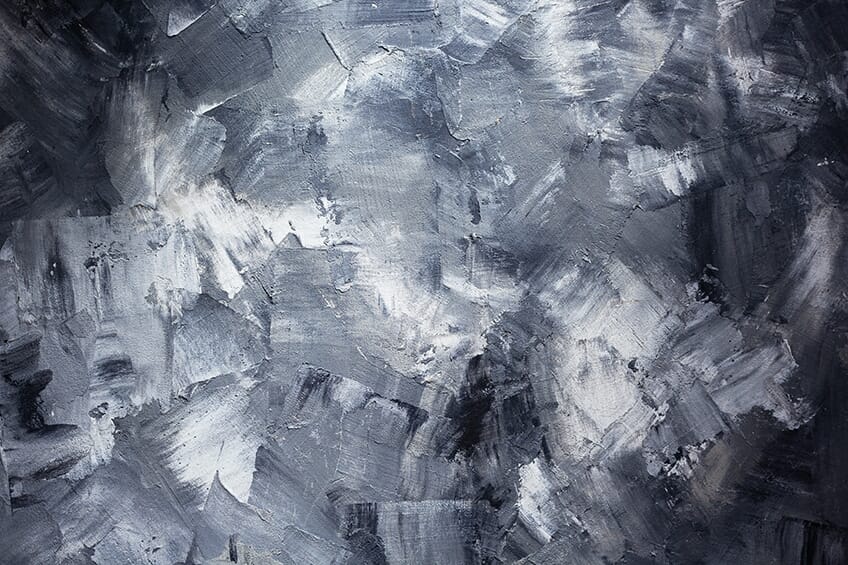
Even though it isn’t really a color, black plays a crucial role in illustrations and paintings. It can be used as a backdrop or an outline, to create apparent dimension and shadows, or to set the tone for an artwork.
Black may add a variety of meanings and emotions to your artwork, from grief to deep sensations of mystery, like most other hues can. The otherworldly and alien associations that black has are great for giving a work a spooky, mystical feel. What hues are in black?
There are many other aspects of the colors that constitute black that we’ll talk about, but the more mysterious a design might be, the colder and deeper the shade of black employed. The color black is sometimes associated with the unknown, such as vast, gloomy, starless sky or unfathomable abysses of dismal sorrow. As a result, people increasingly associate black with evil and death, frequently associating it with nefarious persons hiding in shadowy places.
Black clothing is typically worn as a sign of mourning. After their partner’s passing, widows have traditionally dressed in black for extended periods of time. The genuine representation of death, complete with long scythe and hood, is always shown in black. The demonization of black, in contrast to the purity of white, allows it to be used to represent the negative aspects of all unfortunate circumstances, from faulty morals to racism, or as characterizations such as the “black sheep” in a family who is seen to be worse than all of the rest.
Although black is sometimes associated with negativity, it may also lend sophistication and refinement to a person’s appearance. At cocktail parties, wearing a “little black dress” is frequently seen as both incredibly elegant and seductive, with “black tie” gatherings utilizing tuxedos to enhance formality and refinement. Additionally, it is said to be a slimming hue, giving the person the appearance of being slimmer. Black is also used by interior designers to experiment with perspective.
How to Make Black Paint
There are three basic approaches that get the best results when determining what colors create black. However, each of these techniques has a number of subtle adjustments you can make to your black shade to achieve the ideal black color for your work. The first way to create black is to mix all three main colors together. In the second and third techniques, the foundation color is either blue or green.
If you’ve never mixed black paint before, we suggest taking a page from your sketchbook to note these procedures. You may create a square for each component color and one for the black shade for each approach. Future reference may be made to these documents.
Creating Shades of Black Color with Primary Colors
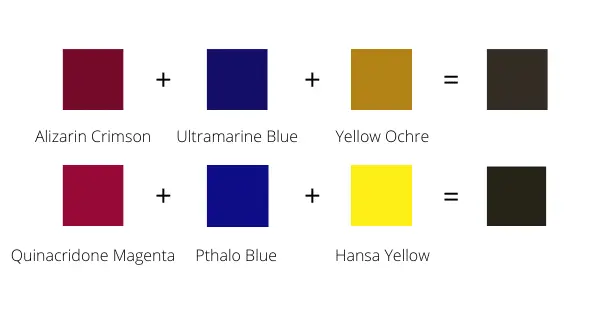
The three primary colors that may be combined to create black paint are red, blue, and yellow. Simply combine equal parts of red, blue, and yellow to get a beautiful black. Use deeper hues, as specified in the color chart above, since if you use lighter red and blue, you will get brown. Simply add a bit extra blue to your color mixing to make the black a little more bluish.
How to Make Black Color Using ‘printing primaries’

The “printing primaries,” or the fundamental colors that are essentially employed by all printing machines, are Quinacridone Magenta, Pthalo Blue, and Hansa Yellow.
You can produce a decent shade of purple by first combining Quinacridone Magenta with Phthalo Blue. To balance the hue, apply a tiny dab of Hansa Yellow next. Hansa Yellow will neutralize the purple color and provide a fantastic black since yellow is the complimentary color of purple.
How to Mix Shades of Black Color Using Blue

Black may be blended in more ways than merely with basic colors. I’ll go through three different combinations you can use to turn blue into black in this section. While some are lighter and some are darker, they will all turn your world black!
We first discuss combining Pthalo Blue and Cadmium Orange. Using this combination, a lighter shade of black will result. So, this mixture is a good choice if you ever want a lighter black without using white! Since the hues are complimentary, the Cadmium Orange will cancel out the Phthalo Blue and the Pthalo Blue will cancel out the Cadmium Orange. The final shade will be rather brownish-black.
How to Make Black with Alizarin Crimson and Phthalo Green
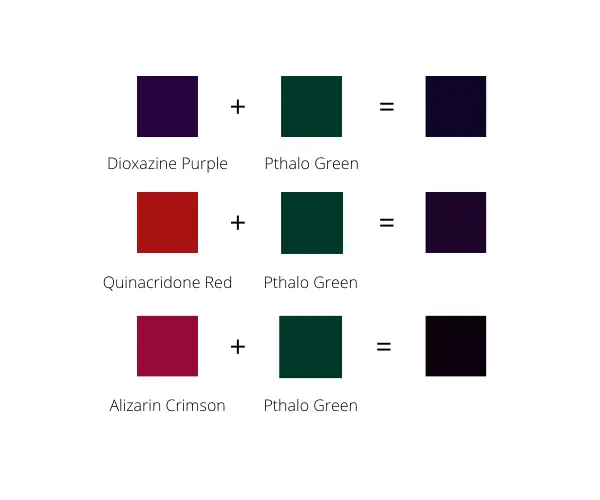
Alizarin crimson was used to create black when using the primary color technique. This approach is much the same as the main color method, with the exception that you are combining the colors yellow and blue into one. Red and green are complementary colors, just like blue and orange.
The blackness of both the Phthalo green and the Alizarin crimson is the most crucial aspect of employing this palette of colors that creates black. Combine an equal amount of each hue, then test your final black shade on some white paper.
How to Make Black with Ultramarine Blue and Burnt Umber

This is the ideal color scheme if you desire a much deeper and colder shade of black. This hue of black would look amazing at the ocean’s depths or under a starry night sky. In order to cool down and darken other colors, each of the component colors can be employed extensively in color mixing.
To achieve a rich black tone, you should apply an equal amount of each of these colors so that they completely cancel one another out. To generate various shades of black, you can experiment with varying the proportion of Burnt Umber and Ultramarine blue.
Mixing Pthalo Green with a Rich Dark Purple Color

We will start by looking into Dioxazine + Pthalo Green. Unexpectedly, purple and green may form a fantastic dark hue when combined. Pthalo Green and Dioxazine Purple are both dark colors that when combined provide a rich, deep black.
Make sure the green does not overshadow the purple, though, as Pthalo Green is a very potent hue. Make sure the color is black and not green by putting some on a white surface and testing it.
How to Mix a Transparent Black Color

Phthalo Green and Quinacridone Red are both transparent hues, thus when combined, they form a fantastic translucent black. However, as a result of this, it is challenging to create a neutral gray with this color combination.
Mixing Cool Shades of Black Colors
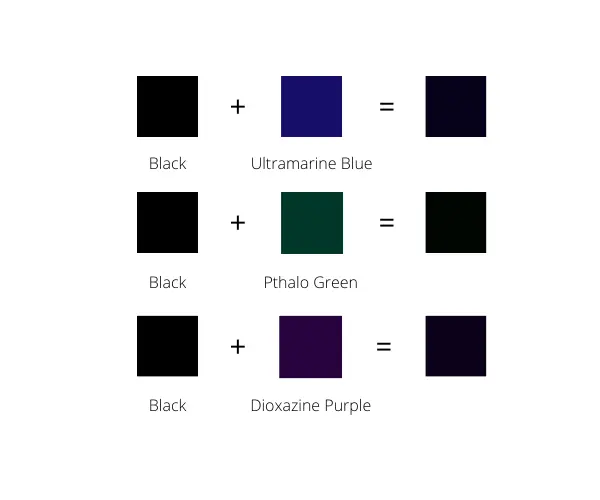
Add some of the cold hues from the color wheel above to your black to make it more cooler. Pthalo Green, Dioxazine Purple, and Ultramarine Blue are a few examples of chilly hues. You have the option of adding more or just a little to make it a little colder.
Once more, it is a good idea to test your blue on a white canvas or piece of paper. It is more challenging to tell what temperature or how much color is mixed into a black the darker it is.
Why Mixing Your Own Black is so Important
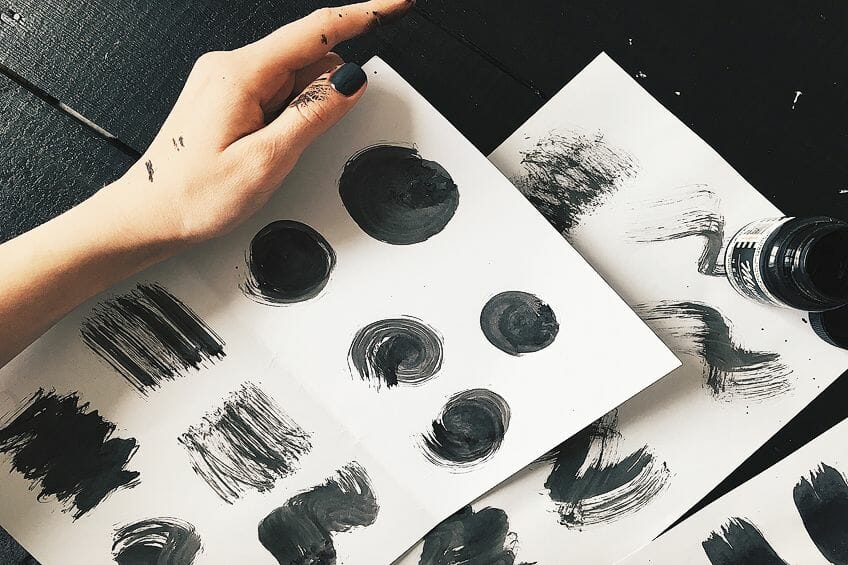
The same as with every hue, different tones and tints of black may be combined for a variety of effects, despite the fact that many of them can be quite identical. How is black created? Because of this, we believe it is crucial for artists to be able to create custom blacks.
We firmly believe that altering one’s work with our blended black shades is a terrific method to bring more life and exclusivity to our works of art. Some artists may feel that generating one’s own variations of black is too complicated and that buying it is much simpler.
In all honesty, it is quite improbable that we could create complete black on our own, but that doesn’t mean we can’t come near to the necessary deepest hues. Your hand-made black will frequently be far more vibrant and energetic. Utilizing your dark mixtures may frequently aid in bringing your mental images to life with more clarity and depth. What hues are in black?
